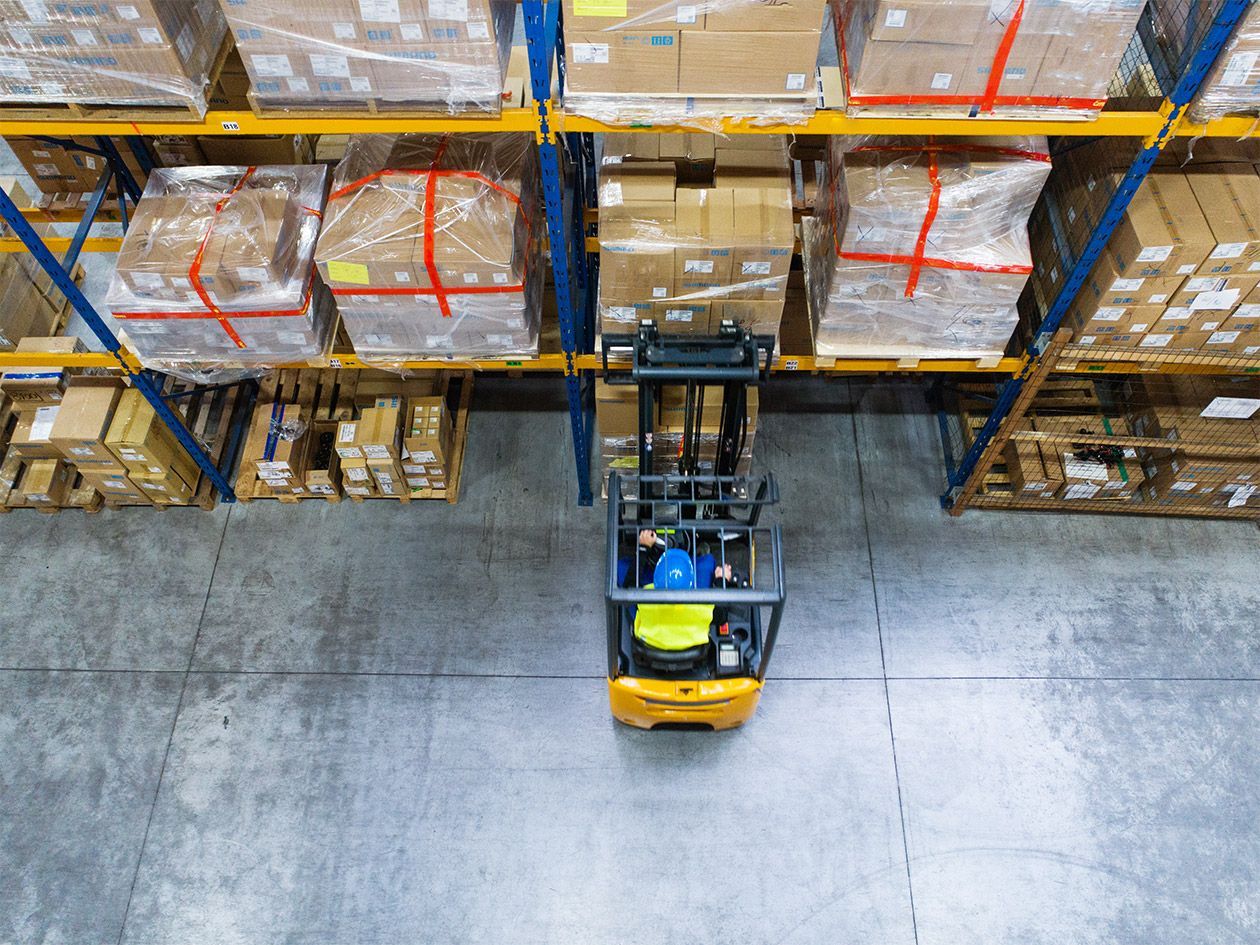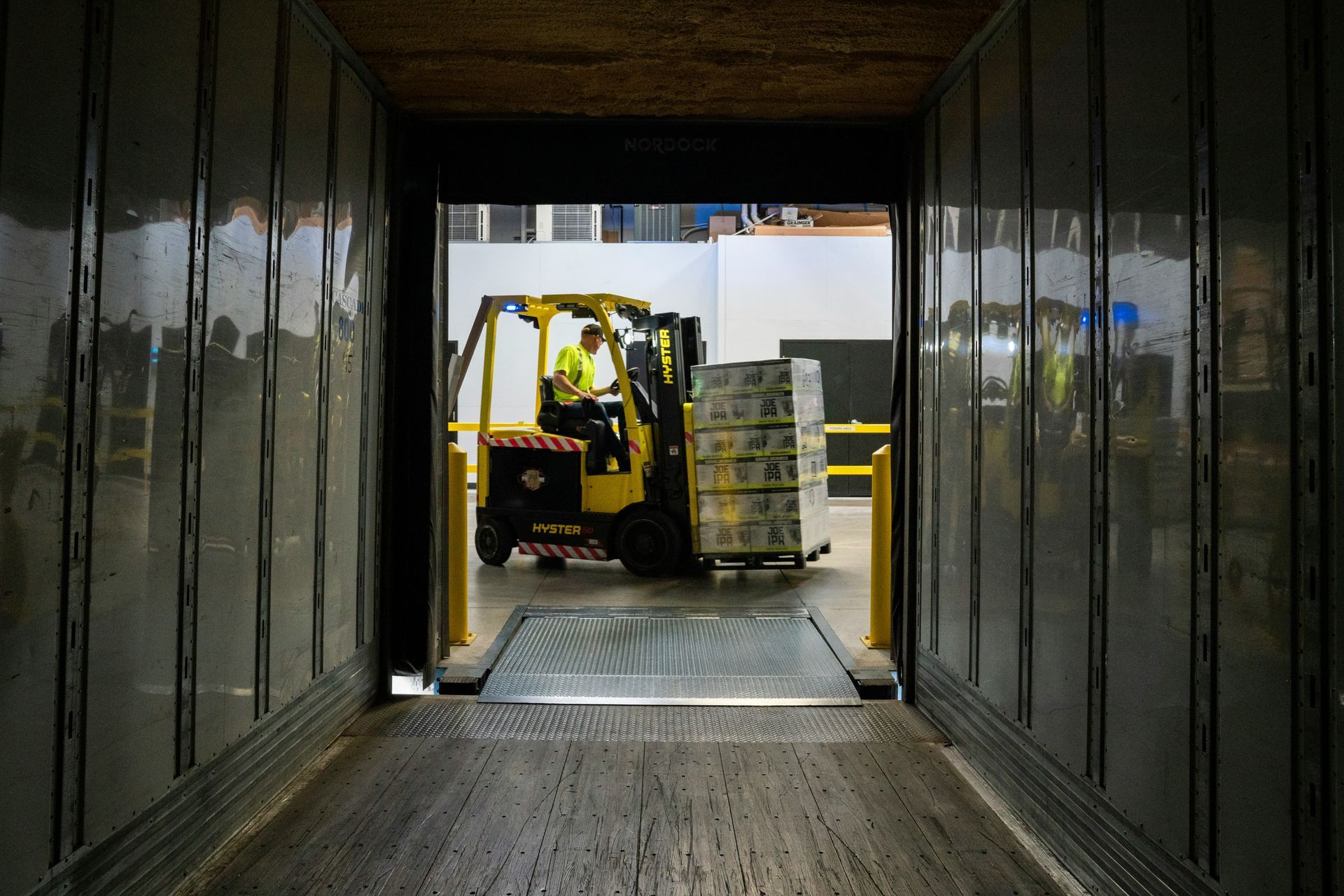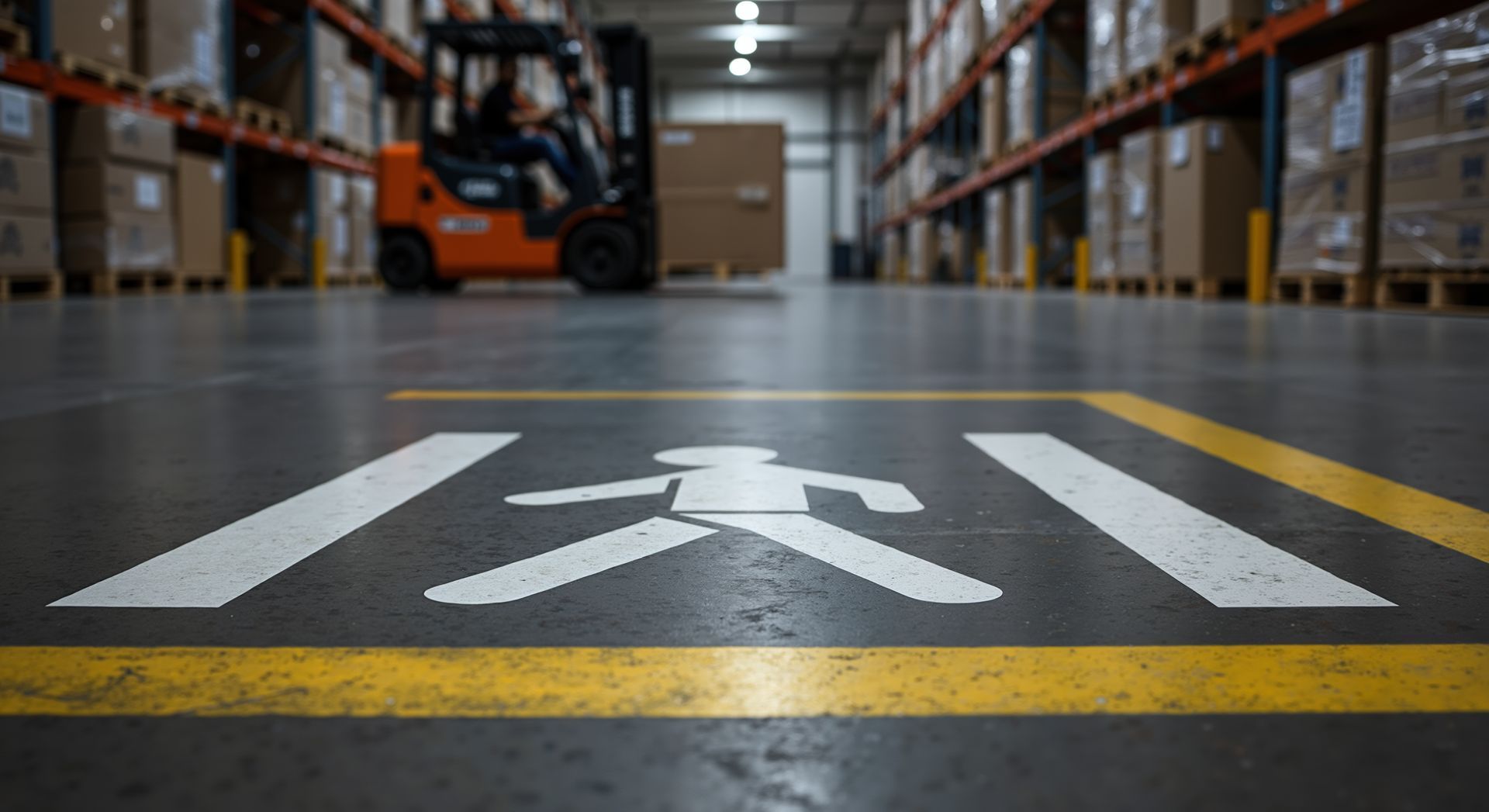A Guide to Recycling In Warehouses
Reduce, reuse, recycle: you’ve heard it a million times and have your recycling down to a T at home – but is your workplace implementing a proper recycling system? Recycling materials and being mindful of waste products are essential in the warehouse environment. Although implementing a system may take time and effort, the benefits will show up in cheaper waste collection costs and improve your company’s sustainability. Plus, when businesses practice sustainable habits, such as recycling in warehouses, it will motivate other parts of the company or your vendors to follow.
The bottom line is that sustainability is here to stay. Customers, clients, consumers, vendors, and manufacturers are all tuning in to the idea of corporate social responsibility , which is how organizations can integrate social and environmental concerns into their business practice. People working with your business want to know the ethics behind your operations. Recycling in the warehouse is one way to bolster your corporate social responsibility by being mindful of your material use and constantly improving your recycling stream.
Know Where Materials Come From
Before officially implementing your recycling program, your company should start with a materials audit. To conduct this audit, everything that comes in and out of the warehouse should be examined. Ethical sustainability practices are founded on knowing the source of items, how they were made, and where they will go next. Once you have documented everything coming in and going out of the warehouse, you should look at any items that:
- The warehouse has overstocked.
- The warehouse could switch to a more sustainable material.
- The warehouse could decrease or eliminate.
After this task is complete, you’ll want to crosscheck with your inventory, update the staff on these changes, and then you can focus on building a recycling program for the warehouse for the remaining items.
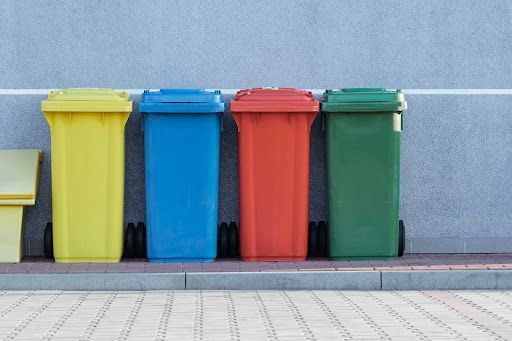
Check Your Waste Containers
In addition to knowing where waste from your facility goes, it’s also essential to take a closer look at the containers where your employees put the waste. Having durable, leak-proof, and correctly-sized waste bins is vital to keeping your warehouse clean. These containers for trash should be cleaned and sanitized regularly. Cleaning waste containers helps keep odors and pests away from the site.
As you add containers for recycling, consider whether you should use single-sort recycling or separate between materials based on your materials audit and the guidelines for your city/county. When it comes to recycling, there is often no need for the waste to placed in plastic bags. In fact, if the recycling is bagged, some recycling centers will not accept any of that load. In general, the best practice for choosing waste containers is to consult your area’s waste and recycling guidelines.
Optimal Locations for Containers
Now that you’ve chosen the best recycling containers for your warehouse, the next step is to find the best places for them within the warehouse. The best practice is to get a few more containers than you think you might need. When too few waste containers are available in the warehouse, materials may end up on the floor or be stashed in corners because the staff did not have time to walk them over to the waste containers.
That being said, if you have the appropriate number of waste containers, but they are not in convenient locations, the same issues of waste being left on the floor can still happen. Some spots for containers may be intuitive, such as placing them by entrances and exits. Then, take this practice further by asking your staff what they think the best places are based on their workflow throughout the day. And, of course, you’ll want to keep the aisles clear for forklifts, pallet jacks, and people to get through.
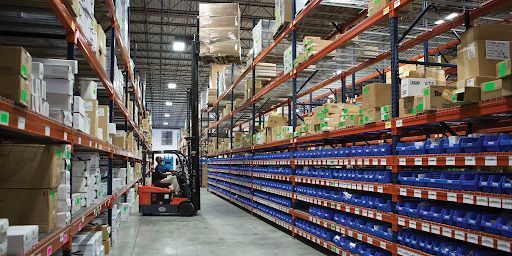
Make Signage Clear
Have you ever been to a restaurant that had just started a new recycling or compost program, but the signs on the bins were either confusing or nonexistent, and you ended up just throwing all your waste in the trash anyway? Unsurprisingly, this is quite common. A simple way to avoid this issue is by color-coordinating the waste bins. Choose one color for trash and one for recycling if you use single-sort or multiple colors to distinguish glass, plastics, paper, etc. Then, for signage, you’ll want to use simple fonts and big letters and keep the signage either on the bin itself or above the bin at eye level.
If you need to separate certain materials from one another and want to show examples, you could take pictures of the items and have them on the sign for quick glances. You may even consider using a graphic designer’s services if you have a lot of materials that need to be separated correctly and you want to be sure your staff does this well.
Educate and Incentivize Staff
Your warehouse can be equipped with the correct information, containers, and signage to start your recycling program, but if your staff is not on board, the program will not take off. Taking the time to educate your employees will pay off in the long run. You may also consider adding incentives or team goals to encourage everyone to recycle correctly. Instead of making recycling seem like just another chore that your employees have to attend to, be sure to impart the importance of the program and how it will benefit the company overall.
At Benco Industrial Equipment, we want your warehouse to succeed in all areas. Although implementing a recycling program may seem daunting, our experts are here to help with everything warehouse. Suppose you are looking for other ways to improve your company’s corporate social responsibility and are interested in your energy usage. In that case, we can discuss our options for MacroAir fans, forklifts, loading dock doors, and many other products and services. Connect with us today !
The post A Guide to Recycling In Warehouses appeared first on Benco Industrial Equipment.


